‘Clean label’ can be a vague term. But as consumers push for ‘cleaner’ foods, how are companies responding - and how are they choosing to define it?
Journalist and activist Michael Pollan has coined more than his fair share of food-isms. I mean, has any nutritionist not at one time uttered his phrase “Eat food. Not too much. Mostly plants”? Lesser known, but equally impactful, were his messages in the 2008 book ‘In Defence of Food’. In it Pollan takes a no-holds-barred aim at processed food and its litany of unpronounceable ingredients, urging readers to choose ‘the kind of food your great grandmother would recognise’ and to make a return to ‘real, proper food’. All catchy ideas that have since evolved into the concept of clean label.
It would’ve been easy to dismiss Pollan, then and now, as privileged and out of touch. But the writer hit a nerve, and there has been a rising clamour from consumers for these clean label products ever since. In fact, since the release of his book a decade ago, products flagging up natural, additive-free or organic credentials have quadrupled globally, from 10,000 to 40,000, according to Ingredion. Pollan was way ahead of the curve.
It’s a “tremendous” rise, agrees Mona Schmitz-Hübsch, senior marketing manager for Ingredion’s wholesome, nutrition and sweetness categories in the EMEA. What’s more, “the UK has been the key market from the beginning. It’s where we first saw consumers demanding clean label. Now if you’re a player in the market you need to have a really good reason not to play in this area.”
Ironically, for a trend based on clarity, it is surprisingly hard to pin down a universal definition of what clean label actually means. “It’s a marketing term, not a legal term, and there are lots of shades of grey around this,” admits Melanie Loades, founder at product developer Froghop. “It’s a bit like ‘superfoods’, which isn’t a legal term either but people assume they know what it means.”
The terminology has undeniably become tangled with the controversial clean eating phenomenon that has swept Instagram, followers rejecting anything deemed ‘processed’ with an almost religious fervour. As a result, among the 16,700 posts currently tagged ‘clean label’ there is certainly no end of photogenic fruits, nuts and overnight oats. But there are also thousands of fmcg products - from ice cream to smoothies to breads - holding themselves out as clean label too. So what attributes do they share?
When Pollan advocated the approach his instructions were “avoid food products containing ingredients that are A) unfamiliar B) unpronounceable C) more than five in number or that include D) high-fructose corn syrup”.
“There are lots of things which may get blended into clean label like organic, Fairtrade or low carbon footprint”
Much of which still rings true, but doesn’t quite make for the kind of clear practical definitions product developers require. If a brand asked for a clean label product “I would make a bunch of assumptions then run them back past a customer to check they were correct,” says Loades. “For instance, I would think they’d want natural, which is clearly defined as something which can be physically processed, like squeezing the juice out of an apple or drying an apple into slices, but that can’t be chemically modified.” Non-GM is also “a given”.
Beyond that she admits it’s more open to interpretation. “There are lots of things above and beyond which may get blended into clean label like organic, Fairtrade or low carbon footprint. All lovely things that can potentially help a consumer feel it’s ‘clean’.”
Read more: Sainsbury’s trials wellness hub of more than 1,000 SKUs
In parts of Asia the pursuit of clean label has seen companies even include detailed breakdowns of the environmental impact of ingredients on packs, points out Alexandra Neilan, co-founder of the Health is Wealth Group, with information on how much water is used, or carbon emissions produced.
“There are so many different definitions of it,” she says. “But in general I think what people mean is removing preservatives and artificial chemicals from food, and making sure the label contains natural food that people can understand. Simple, natural food.”
“At the crux of it is a push for greater transparency about what goes into our food,” adds Frankie Fox, co-founder of condiment brand Foraging Fox. “People want to look at the label and understand every single ingredient that’s in it and know it should be there.
“If it’s clear and simple it empowers people to make decisions on whether to eat the product or not. If there is sugar in it, put sugar rather than high-fructose corn syrup. Once you know what something is you can question whether it should be there, and whether you want to eat it.”
Reverse engineering
For young brands like Fox it’s an attribute often built in from day one, of course. “When I decided to launch Foraging Fox I felt there wasn’t much out there, especially in the condiments market, that wasn’t highly processed. If I’m going to have to leave my tomato ketchup in my will because it’ll outlive me is that really what I want to be eating?”
These sentiments are echoed by Camilla Barnard, co-founder at Rude Health, though clean label wasn’t a term she was familiar with until after the launch of the brand. “Our starting point was ‘I want to do what I’d do in a kitchen as close as possible’.” That came with its own challenges, she admits, such as finding manufacturers set up to cope with liquid honey in a granola rather than white sugar. “It can take longer to find the right people and slow down our NPD pipeline. But it’s one of the things we won’t compromise on.”
It’s undoubtedly easier - and less costly - than reverse engineering clean label characteristics into a well-established product, however, as many fmcg brands are now having to do (see box). Only last year, Nestlé committed to ‘transform’ its Maggi brand by 2020, swapping modified starches for simple ones and removing artificial emulsifiers and thickeners, while Kraft Food Ingredients unveiled a number of snack prototypes that match the trend including crisps that are free of hydrogenated oils and PHO-free baked potato chips. Aldi reportedly has a list of ‘undesirable’ ingredients it considers non-compliant with clean label.
The development of clean label ingredient alternatives is making a complicated job easier, says Schmitz-Hübsch, such as the creation of functional flours capable of “harsh processing conditions,” non-modified starches, organic texturisers and preserving processes that use heat treatment over chemicals. “Companies do their research in their specific categories and look at what their consumers prefer, and then they come to us and we work with them. It needs to comply with their understanding of what makes a product clean. Flour, for example, is more acceptable in some cases than starch.”
Read more: Wellness brands need to focus on benefits, not products
There’s no escaping the fact that this trend is as much about perception as the ingredients themselves. Loades gives the example of vitamin C, which can be included in a couple of different ways. A brand could opt to include an ingredient naturally rich in vitamin C like acerola cherries, which sounds “lovely and clean label”. Alternatively, they could add pure vitamin C to the product “chemically extracted or put together synthetically”. Whichever approach they can legitimately use the term vitamin C on labels - there’s no need to “clog up” the latter with “the fact you’re using sodium sorbate as a legally allowed form” of the vitamin. In other words, the important thing is what you call it, not what it is or how it’s sourced.
“The irony in all this is that I could use vitamin C in the form of sodium sorbate and it would be the same molecule whether I added it as a synthetic compound, a direct extract or in its natural form,” says Loades.
“Broadly the definition around clean label is the idea of naturalness, taking away anything artificial, but oftentimes that means anything the consumer would identify as appearing artificial,” adds Kiti Soininen, category director for UK food & drink at Mintel. “For example, many kitchen cupboard ingredients would have a familiar name but also have a chemical name and an E number. The fact that something has an E number assigned to it does not make it an artificial thing. So part of clean label is reformulating, but the other part is terminology.”
“It’s driven by the consumer and they want to understand what they’re eating”
Isn’t it all a bit meaningless then? Not least, as Neilan points out, “just because something is clean label it doesn’t mean it’s really healthy. For example, toxic chemicals can build up in food from natural processes, not from artificial chemicals, like heavy metals, lead, mercury and arsenic”.
Neilan doesn’t think so. “What is important is transparency and authenticity. This doesn’t mean all products have to be all-natural because sometimes you need to put these preservatives in, but it needs to be a choice.
“The whole movement is consumer-led. The food industry has been ruled by governments and capitalism over the last 20 to 30 years, whereas this is about consumers controlling what companies have to do now with our money, by doing what we choose.”
And it’s a trend that doesn’t seem to be dissipating any time soon. “This is changing the whole industry and it’s not something that’ll go away,” insists Schmitz-Hübsch. “We see the commitment from our customers because this is a shift in demand. It’s driven by the consumer and they want to understand what they’re eating.” Or, as Pollan puts it: ‘if it came from a plant eat it; if it was made in a plant, don’t.’
Five brands committed to clean label
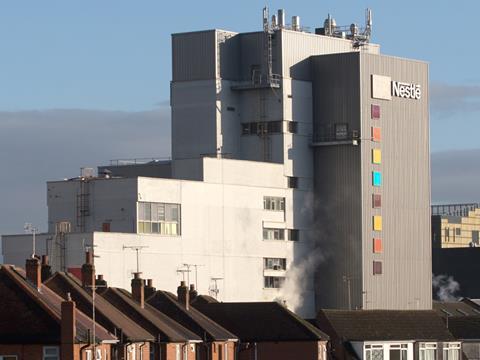
Nestlé: Though its UK business might not have openly used the term ‘clean label’, many advocates point to the confectionery giant as an example of one of the major fmcg brand owners to align its products with the trend. It removed all artificial ingredients from its UK confectionery range as far back as 2012. That included new uses of fruit and vegetable concentrates and edible plants to create the characteristic colours in Smarties, for example, and using only natural oils in its Polo mints.
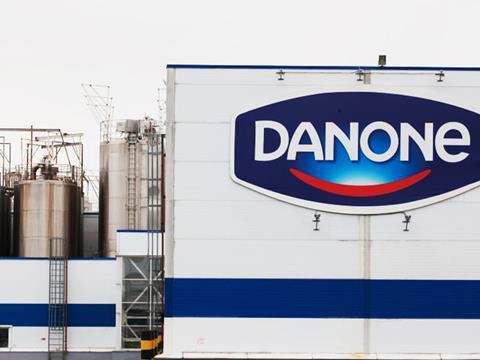
Danone: With plans for its global business to achieve B Corp accreditation by 2030, the dairy company has committed to a long list of targets, many in line with the UN’s Sustainable Development Goals, and they include a commitment to clean up labels on products. “We stand for sustainably sourced ingredients, for naturality and transparency and for simple recipes and clean labels,” it says. “Supported by strong innovation capabilities, we believe these are key fundamentals to create superior food experiences for people.”
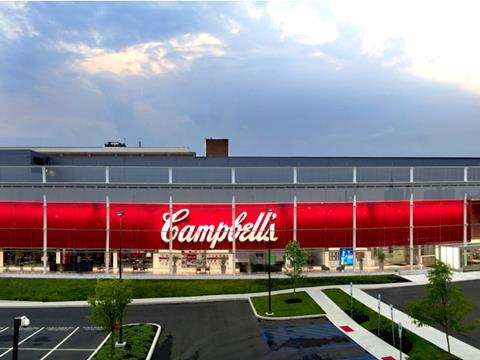
Campbell Soup Co: This year marked the deadline for the US soup company’s commitment to strip out all artificial colours and flavours from its range, an initiative which, according to ex-CEO Denise Morrison, included changes to many of its recipes “to build stronger connections with consumers and increase the company’s focus on faster-growing categories such as health and wellbeing”. In 2016, it also launched a new website called ‘What’s in my food’, allowing users to search any product in the range and find ingredient information.
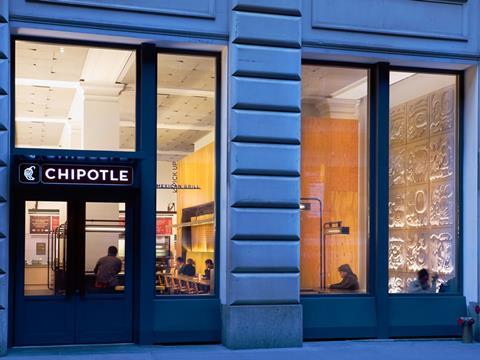
Chipotle: Last year, Mexican chain Chipotle claimed it would become the only restaurant brand to ensure no added colours, flavours or preservatives would be used in its ingredients (with the exception of ‘natural’ preservatives lemon and lime juice). It followed two years spent revising the recipes for its burritos, tacos and chips to ensure they only contained between two and five ingredients. For example, its new flour tortillas are made using only flour, water, canola oil, salt and yeast.
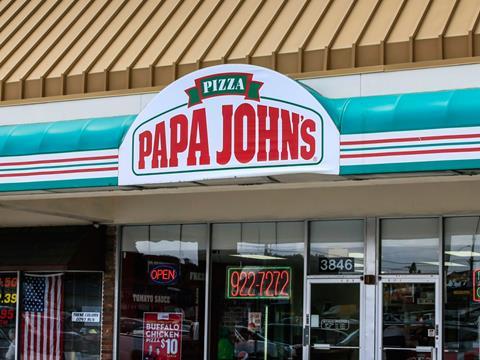
Papa John’s Pizza: Known for delivering lashings of gooey pizza piled high with everything from spicy chicken to jalapeños and even ostrich meat, US pizza brand Papa John’s would not be the first name that springs to mind for clean label. But in recent years, the US chain has committed to the complete removal of 14 ‘unwanted’ ingredients from its food, including artificial colours and flavours, flavour enhancers, sweeteners and thickeners. Last year it confirmed it was testing out organic toppings.







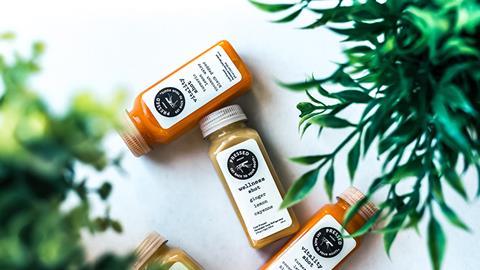



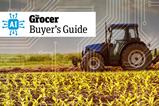
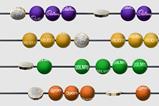
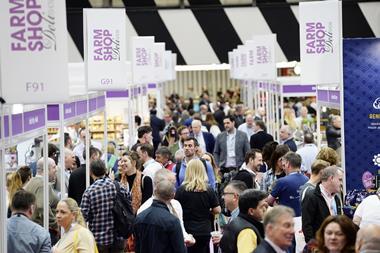
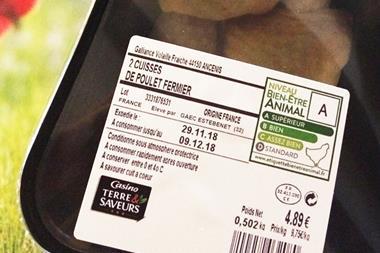
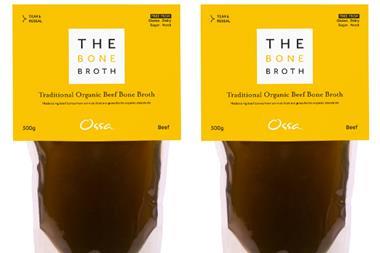

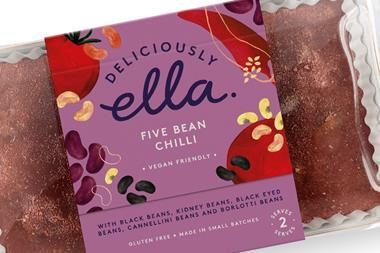







No comments yet